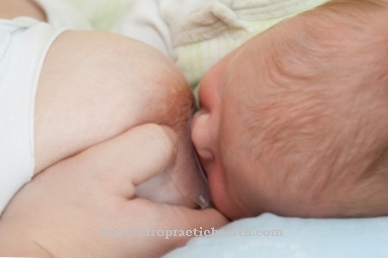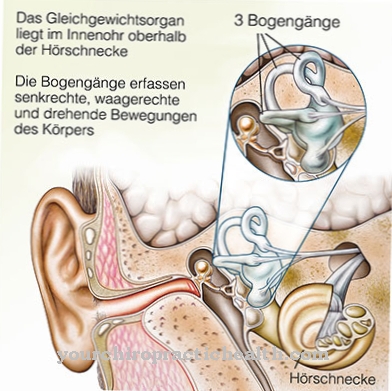Primaquine is a prescription drug with anti-parasitic properties. It is used for the prevention, treatment and follow-up treatment of malaria. In its guidelines for the therapy of malaria, the German Society for Tropical Medicine and International Health (DTG) recommends primaquine as an additional therapy to chloroquine in the treatment of tertiary malaria. In Germany, Primaquine is manufactured and sold by Bayer AG under the trade name Primaquine®.
What is primaquine?
Primaquine or N4- (6-methoxyquinolin-8-yl) pentane-1,4-diamine is a racemic mixture with the empirical formula C15 H21 N3 O. It is an 8-aminoquinoline derivative. The underlying substance (primaquine bisphosphonate) is a crystalline, red-orange and water-soluble powder with a neutral odor and bitter taste.
Pharmacological effect
After oral administration, primaquine is readily absorbed through the digestive tract and rapidly metabolized by the liver to a carboxyl derivative. The peak plasma concentration of primaquine is reached in about 2 to 3 hours. Primaquine has a half-life of 5 to 6 hours. The carboxyl derivative (carboxyprimaquine) has a half-life of 24 to 30 hours. Only a small proportion of primaquine (approx. 1%) is excreted in its original form. It is excreted in the urine.
As a therapeutic agent, primaquine is taken for 14 days. The daily dose is calculated according to the patient's body weight and depends on the overall treatment concept and on the other medications used. For prophylaxis, an intake of 1 to 2 days is recommended. The dose for adults is 30 mg and for children 0.3 mg per kilo of body weight per day.
The prophylactic measure must take place within the period from 1 day before to 1 week after the stay in the malaria area. Primaquine is not approved as an agent for malaria prophylaxis in Germany. For this purpose, the product must be obtained abroad.
Medical application & use
Primaquine has been manufactured since the 1940s and is used as an antimalarial drug in several countries. However, its exact mechanism of action is still unknown, despite intensive research. It is assumed that an interaction of the substance with the DNA of the plasmodia inhibits the biosynthesis of proteins and thus leads to the death of the pathogen. Mitochondrial dysfunction is also considered.
Primaquine is very effective against the exoerythrocytic stages of Plasmodium vivax and Plasmodium ovale as well as at the beginning of the exoerythrocytic stage of Plasmodium falciparum. The preparation also shows great effectiveness against the gametocytes of the Plasmodia, in particular the Plasmodium falciparum. However, primaquine has proven to be ineffective on erythrocyte stages of the plasmodia.
Although not approved for this purpose in Germany, primaquine is used in the prophylaxis of all types of malaria. Studies in Central African countries, Colombia, Iran and Indonesia show a preventive effect of up to 85% of primaquine against the pathogen Plasmodium falciparum, which is responsible for malaria tropica. An application of primaquine for the therapeutic treatment of malaria quartana and malaria tropica, however, does not make sense.
As a therapeutic agent and for the purpose of preventing recurrences, primaquine is used in malaria tertiana, which is caused by Plasmodium vivax and Plamodium ovale.
Risks & side effects
Primaquine is contraindicated for people with glucose-6-phosphate dehydrogenase deficiency and for people with lupus erythematosus or rheumatoid arthritis. Another contraindication is the use of potentially hemolytic drugs or personal sensitivity to the active ingredient.
It is advisable to check your blood values while you are taking primaquine. The safety of the use of primaquine during pregnancy has not been proven, so that potential risks for the unborn child must be taken into account in the context of the risk-benefit ratio when drawing up the therapeutic concept.
Side effects of primaquine include anemia and headache, tiredness and drowsiness, indigestion and stomach cramps, and itchy skin.
If the urine turns dark, treatment with primaquine must be discontinued immediately, as this can be an indication of excessive demands on the liver, kidney disease or haemolysis.






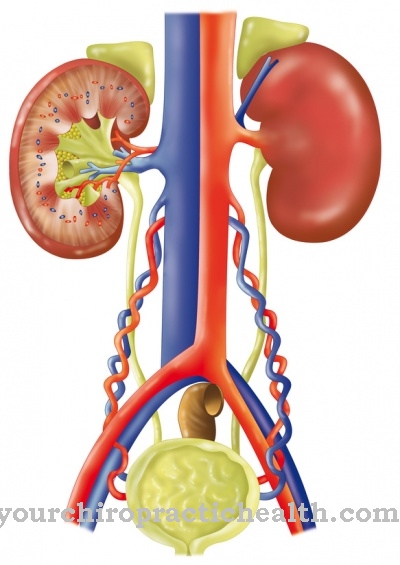

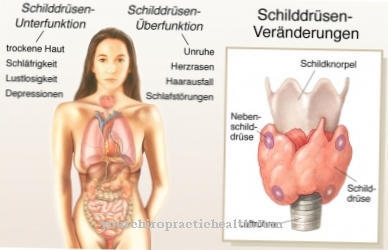
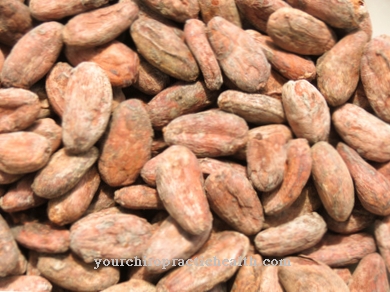



.jpg)
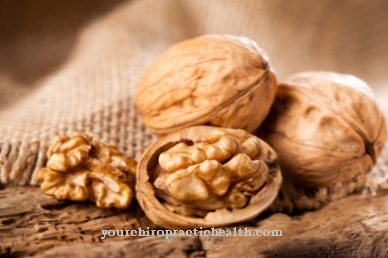
.jpg)



